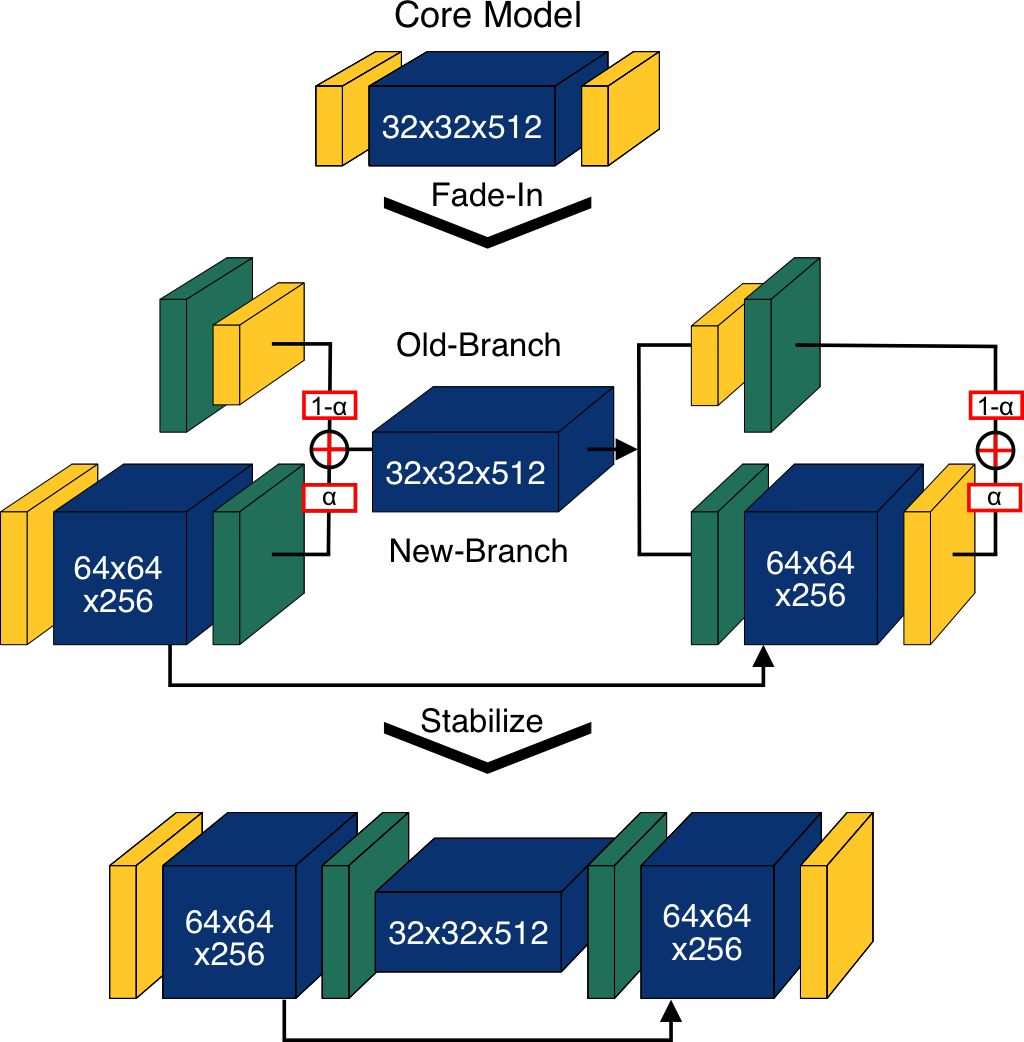Multi-channel coronal hole detection with convolutional neural networks (2104.14313v2)
Abstract: We develop a reliable, fully automatic method for the detection of coronal holes, that provides consistent full-disk segmentation maps over the full solar cycle and can perform in real-time. We use a convolutional neural network to identify the boundaries of coronal holes from the seven EUV channels of the Atmospheric Imaging Assembly (AIA) as well as from line-of-sight magnetograms from the Helioseismic and Magnetic Imager (HMI) onboard the Solar Dynamics Observatory (SDO). For our primary model (Coronal Hole RecOgnition Neural Network Over multi-Spectral-data; CHRONNOS) we use a progressively growing network approach that allows for efficient training, provides detailed segmentation maps and takes relations across the full solar-disk into account. We provide a thorough evaluation for performance, reliability and consistency by comparing the model results to an independent manually curated test set. Our model shows good agreement to the manual labels with an intersection-over-union (IoU) of 0.63. From the total of 261 coronal holes with an area $>1.5\cdot10{10}$ km$2$ identified during the time range 11/2010 - 12/2016, 98.1% were correctly detected by our model. The evaluation over almost the full solar cycle no. 24 shows that our model provides reliable coronal hole detections, independent of the level of solar activity. From the direct comparison over short time scales of days to weeks, we find that our model exceeds human performance in terms of consistency and reliability. In addition, we train our model to identify coronal holes from each channel separately and show that the neural network provides the best performance with the combined channel information, but that coronal hole segmentation maps can be also obtained solely from line-of-sight magnetograms.
Paper Prompts
Sign up for free to create and run prompts on this paper using GPT-5.
Top Community Prompts
Collections
Sign up for free to add this paper to one or more collections.


